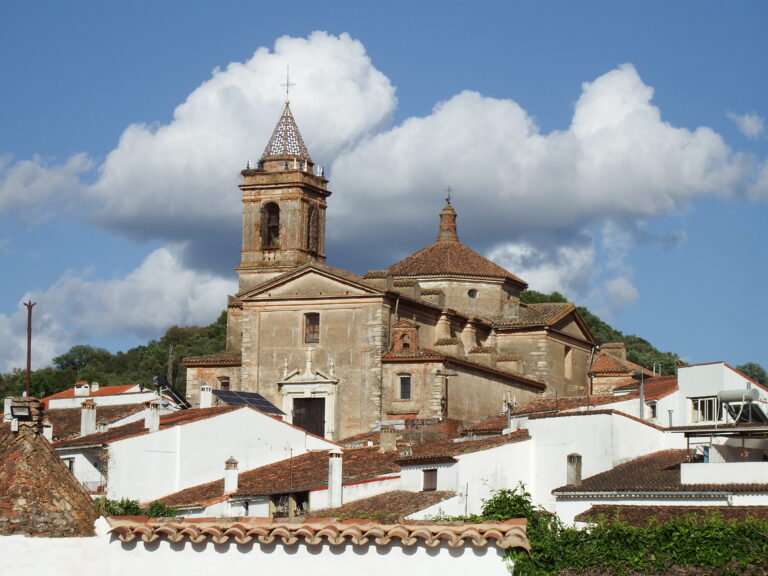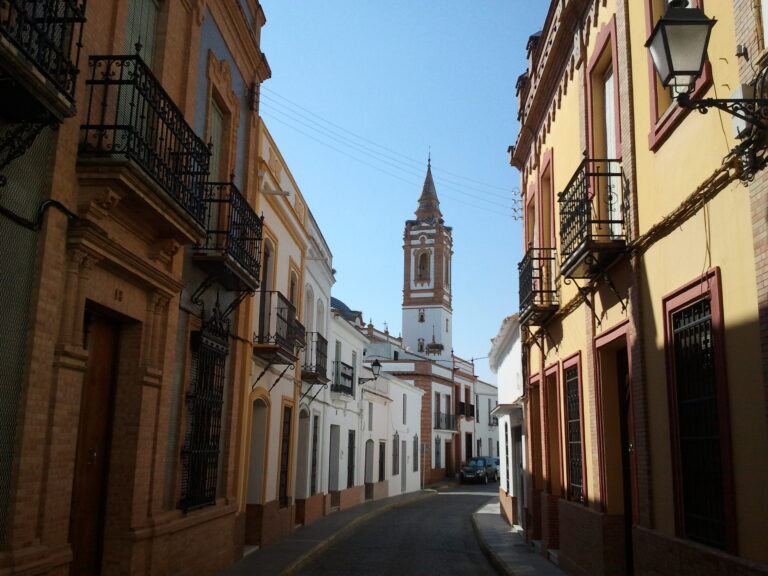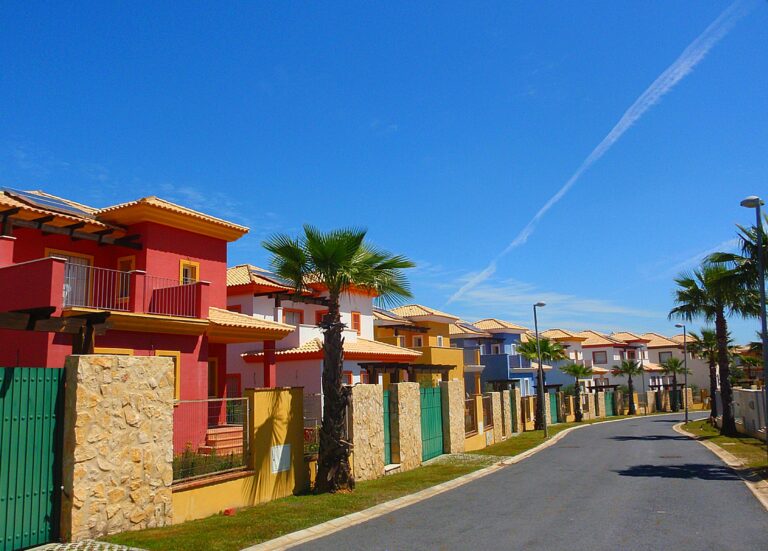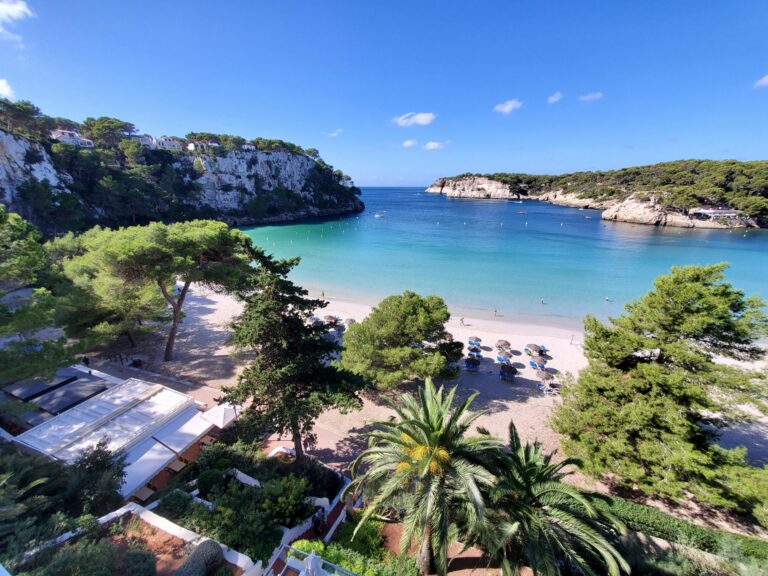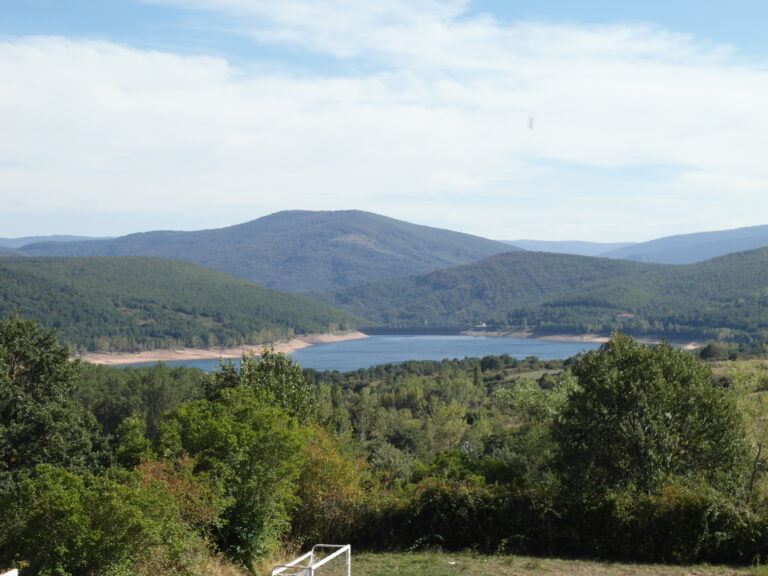Navarredonda de Gredos, Ávila: the heartbeat of the Sierra
In the heart of the Sierra de Gredos, in the south of the province of Ávila, stands Navarredonda de Gredos, a municipality that is high in every sense of the word. Located at 1,523 metres above sea level, it is the second highest municipality in the province and one of the best starting points for discovering the natural, cultural and gastronomic treasures of northern Gredos. Just 446 inhabitants (INE 2024) guard a natural and ethnographic heritage that is still very much alive, with centuries-old livestock traditions, imposing mountain landscapes and one of the most emblematic accommodations in Spain: the Parador Nacional de Gredos.
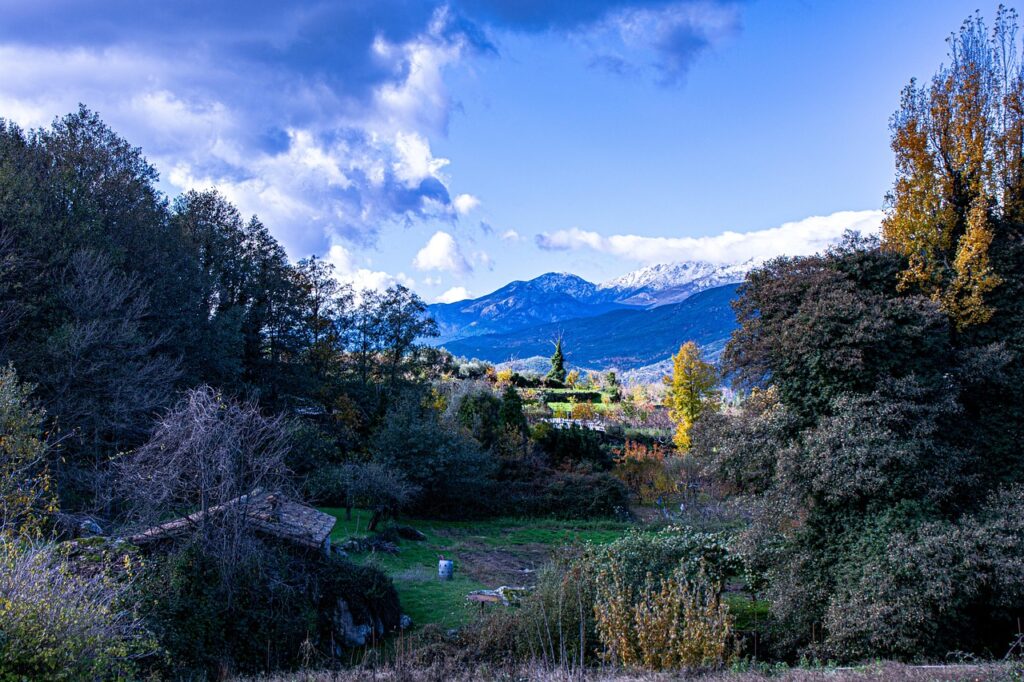
Geography and natural environment
Navarredonda de Gredos is nestled on the northern slopes of the Sierra de Gredos, at the headwaters of the River Tormes, which rises within the municipal boundaries. The landscape is a continuous spectacle: from high meadows to granite peaks over 2,000 metres high, such as Peñón del Mediodía (2,219 m), its highest point. Most of its territory belongs to the Duero basin, although at its eastern end the waters flow into the Alberche River, a tributary of the Tagus. Pine forests, broom, junipers and deer pastures dominate the landscape, providing an ideal habitat for mountain goats, birds of prey and a rich mountain fauna. The climate is cold in winter, with frequent snowfall, and cool in summer, making it an ideal natural refuge from the summer heat.
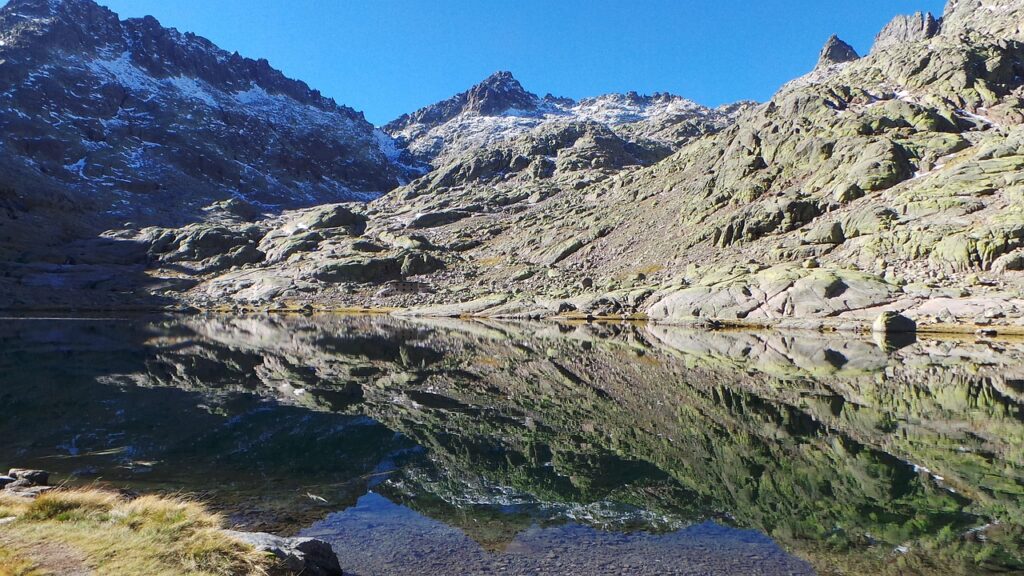
A brief history: from transhumance to the age of tourism
Although the Arabs did not show much interest in the area, it is believed that Berber shepherds introduced sheep farming and transhumance here. It was not until the 13th century that stable Christian repopulation began, and by the 14th century, Alfonso XI’s Libro de la Montería (Book of Hunting) cited this region as a land of hunting and forests. During the Late Middle Ages, Navarredonda and its annexed village of Barajas were part of the Land of Piedrahíta within the lordship of Valdecorneja, linked to the House of Alba. Its economy was based on livestock farming and carting, transporting wood and goods to the south. A local legend claims that the pine trees that became the masts of Columbus’s caravels came from here.
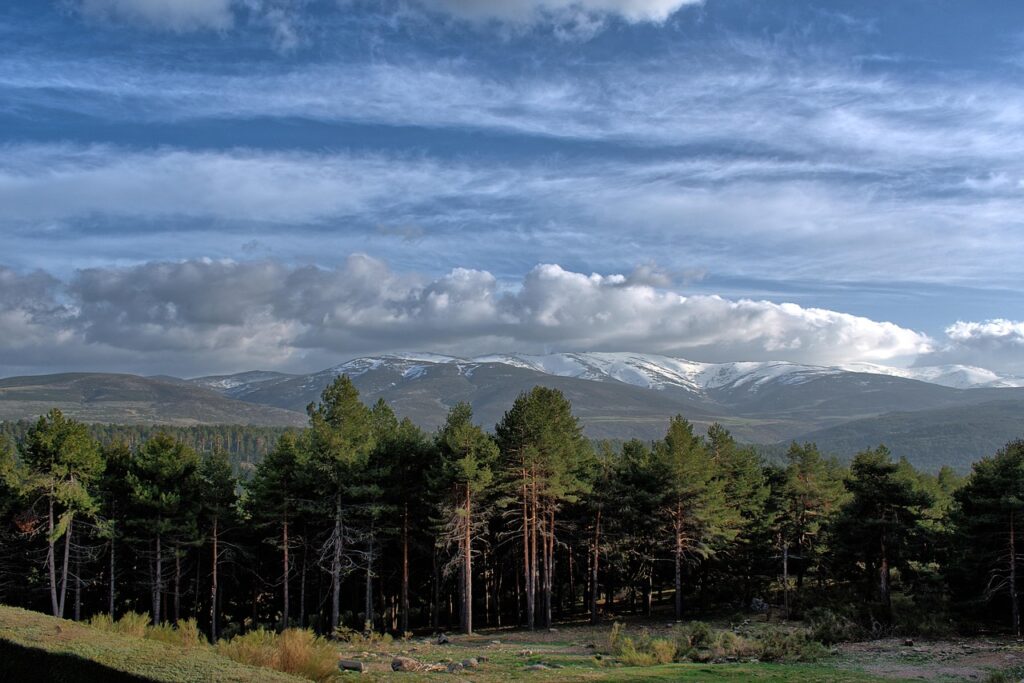
With the crisis of Castilian wool in the 16th and 17th centuries, sheep were replaced by cattle, laying the foundations for the current fame of Ávila beef. The 19th century brought the disentailment of the estates and the end of the Mesta, and the 20th century brought rural emigration. However, Navarredonda knew how to reinvent itself: from isolation it became a destination for rural and nature tourism.

The Parador Nacional de Gredos
In 1928, Alfonso XIII chose Navarredonda to build the first establishment of the National Network of Paradores. The Parador de Gredos was built surrounded by pine forests and with unparalleled views of the central massif, serving both as a royal hunting lodge and accommodation for travellers.
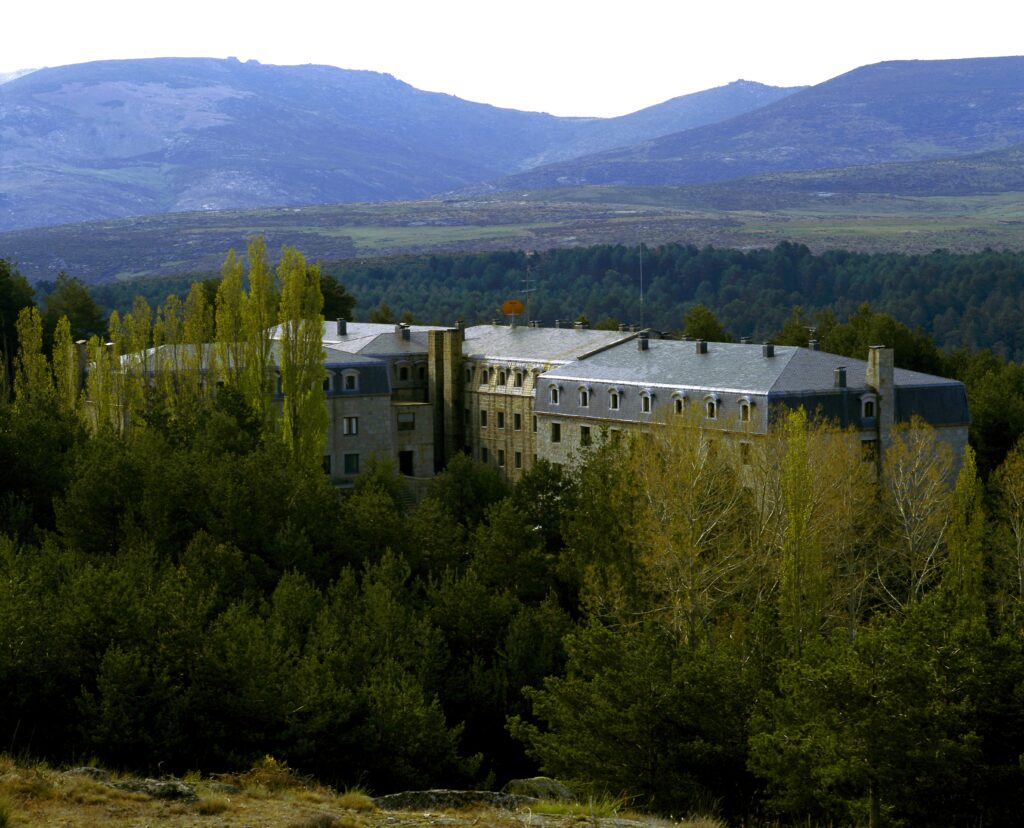
Even before its inauguration, the place had a historical role: in June 1935, it hosted a meeting of the Falange leadership prior to the Civil War. Today, the Parador remains a landmark for visitors to the Sierra de Gredos, and its terrace is a natural balcony overlooking the peaks.
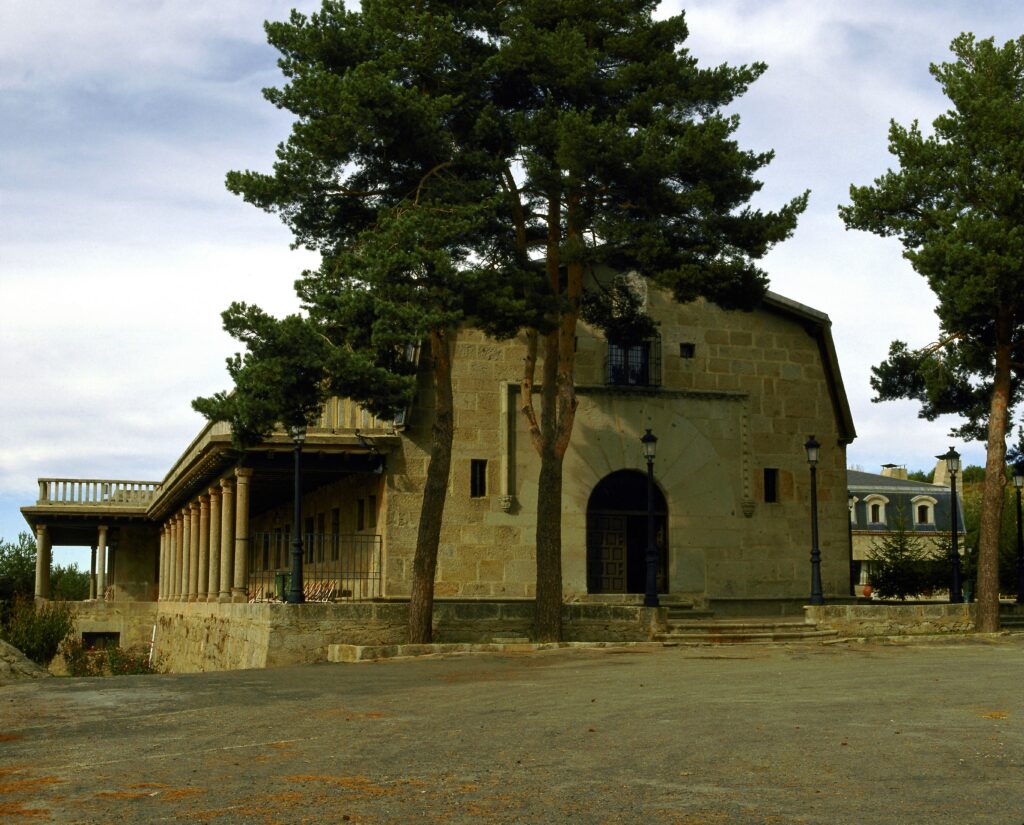
What to see in Navarredonda de Gredos
Strolling through Navarredonda is like taking a trip back in time. The granite architecture, the stone that dominates the landscape, blends in with the surroundings. The Church of Nuestra Señora de la Asunción, an imposing 16th-century temple in the late Gothic style, stands as the guardian of the village. Its unique bell tower, separate from the main nave, and its interior, with 17th- and 18th-century altarpieces, are a must-see.
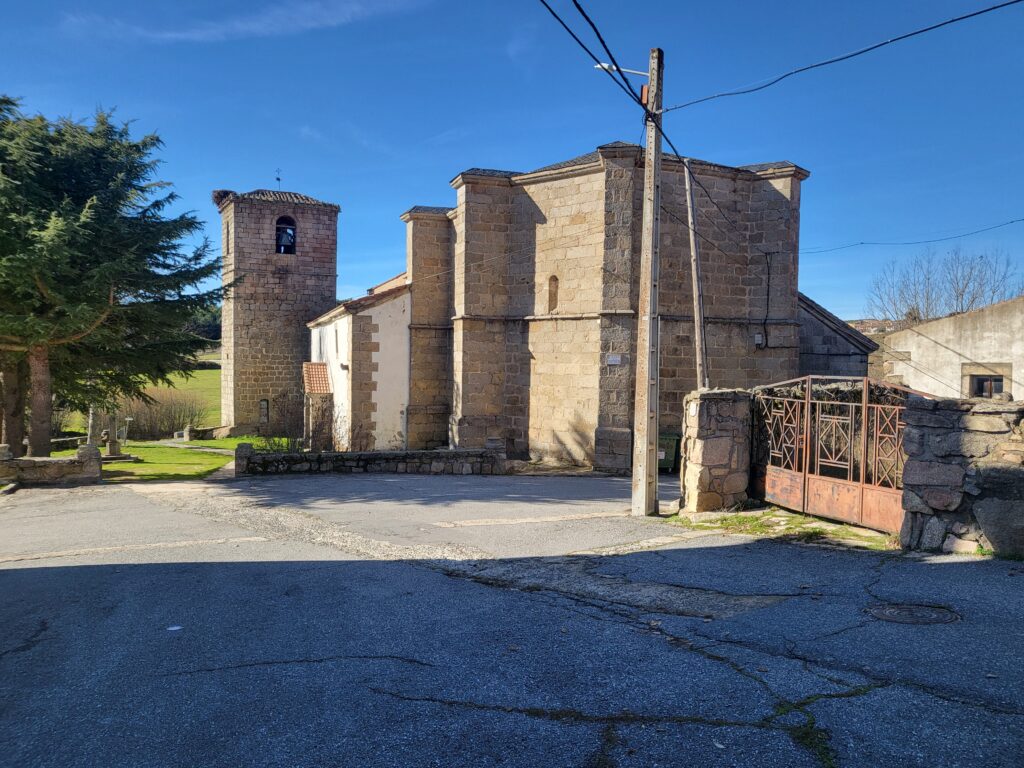
A few steps from the church, a small single-arch stone bridge and the remains of an old road remind us of Navarredonda’s role as a crossroads for shepherds and their flocks. A vestige that connects us to that past of hard work and movement.
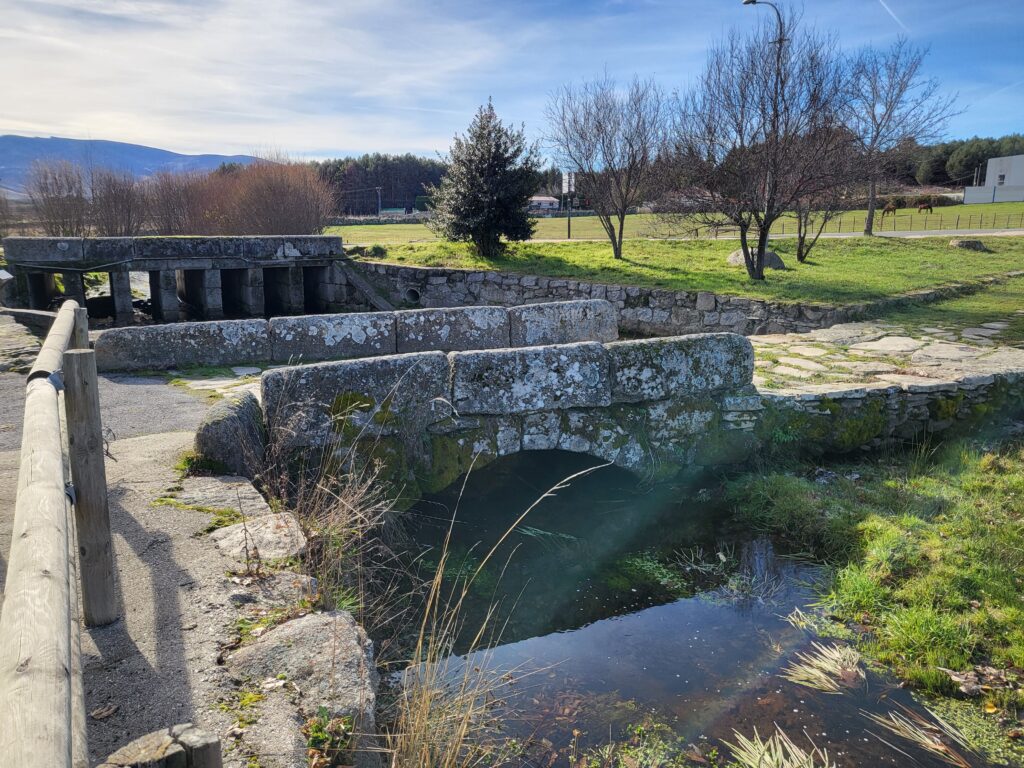
In the neighbouring village of Barajas, less than a kilometre away, the church of San Benito Abad, a modest 14th-century building, complements the religious heritage. And as witnesses to the rural past, the horseshoe and the old forge tell us of a life linked to animals and craftsmanship, an image that is increasingly difficult to find.
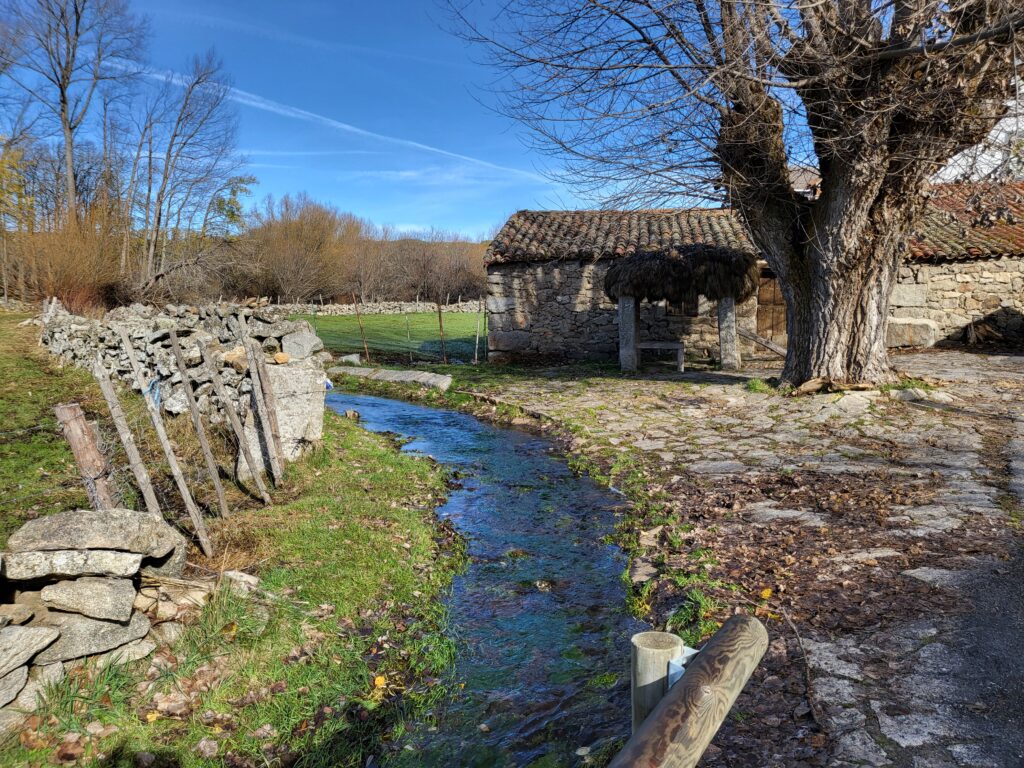
Nature and routes
Navarredonda de Gredos is a paradise for nature lovers and active tourism. From its streets, the view stretches to the highest peaks of the mountains, inviting you to adventure. Navarredonda is a strategic point for exploring the Sierra de Gredos Regional Park (declared in 1996). From here you can easily reach:
- Circo de Gredos and Laguna Grande
- Cinco Lagunas
- Pico Almanzor (2,591 m)
- Los Galayos
For those seeking a respite and a refreshing dip in nature, Navarredonda also has treasures to offer. The source of the River Tormes is located within the municipality, a magical place where water springs from the earth. The Las Chorreras waterfalls and the peaceful pools of the Garganta de Valdelascas or Jabalí are the perfect place for a revitalising swim in summer, an oasis of crystal-clear water and peace. You can also reach nearby spots such as the Charco de las Paredes or the Puente de las Juntas in just a few minutes. Hiking, mountain biking, horse riding and wildlife watching are the star activities in the area.
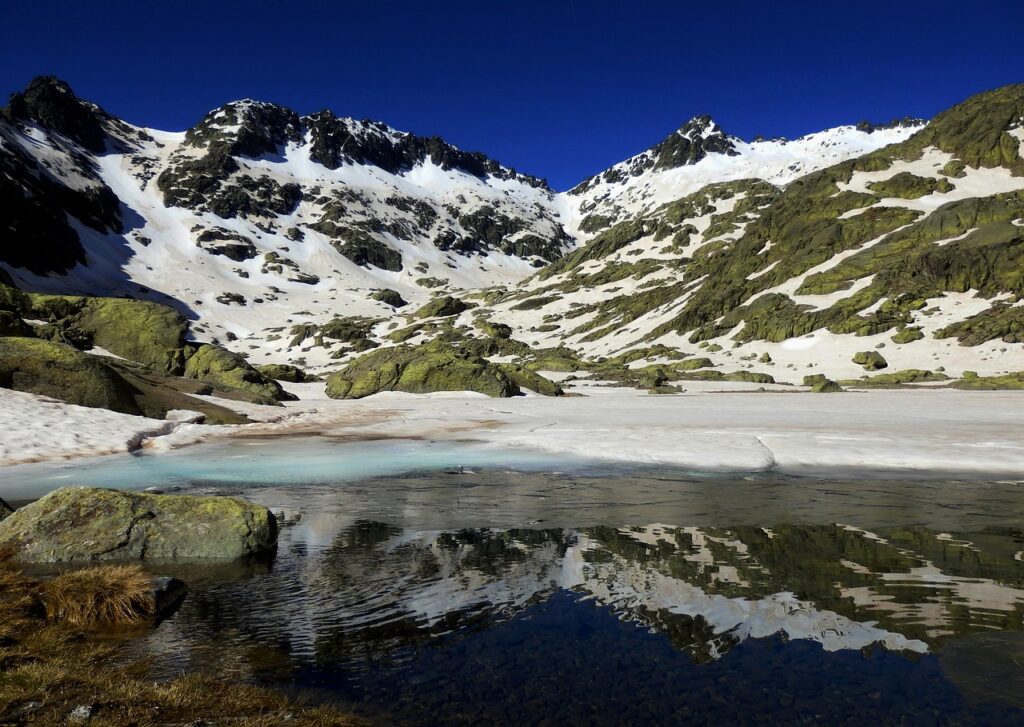
And in winter, the mountains are covered in white. The snow transforms the landscape and offers a fairytale setting for snowshoeing or simply enjoying the silence and beauty of the snow-covered mountains. The town, at an altitude of 1,523 metres, is an ideal starting point for exploring the coldest side of Gredos.

Festivals and traditions
Navarredonda has a very active calendar of festivities:
- San Benito (10th and 11th July, in Barajas)
- Feria Mayor de Santiago (24-26 July, Navarredonda)
- Our Lady of the Assumption (14 and 15 August)
- San Roque (16 and 17 August, Barajas)
- Feria Chica de Ganado (16 September)
- Virgin of the Snows (last Saturday in September)
Added to this are events such as the Santiago Cattle Fair, closely linked to Ávila beef, and the Piorno en Flor Festival (May-June), when 65,000 hectares are tinged with yellow.
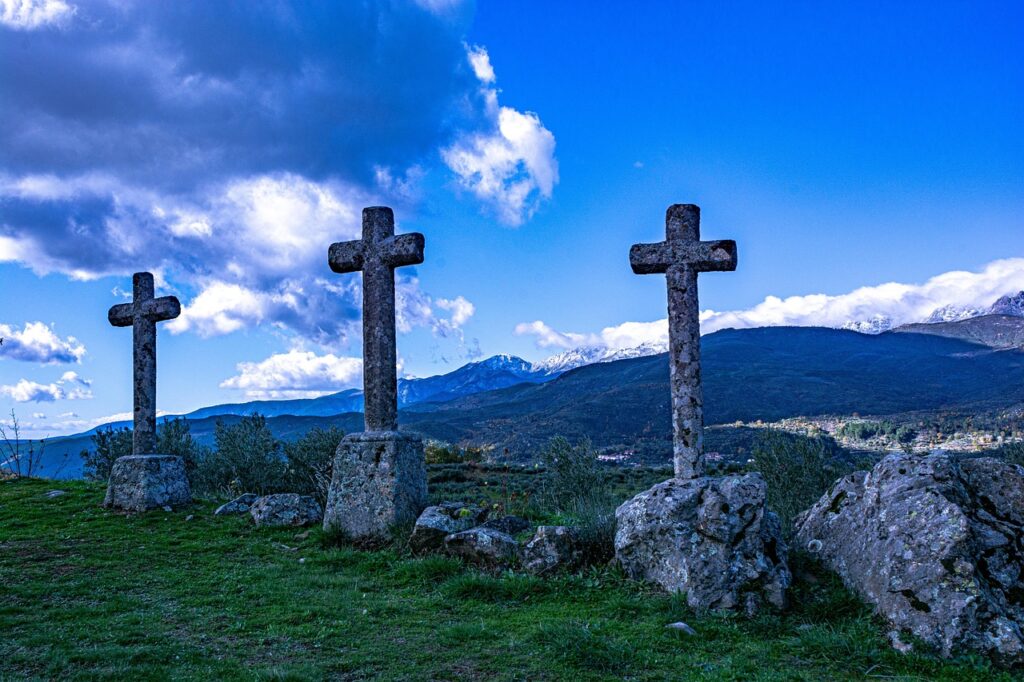
Gastronomy
If there is one star product in Navarredonda, it is the Avileña-Negra Ibérica beef, reared on the high pastures. Alongside this, typical dishes such as judías del Barco (beans), truchas del Tormes (trout) and patatas revolconas (mashed potatoes with bacon) feature on the menu of almost all the restaurants. During the festivities, paella and grilled meats take centre stage.

Practical information
How to get there:
- From Madrid (173 km) via the AP-6, AP-51, N-110 and N-502 to the AV-941.
- From Ávila (63 km) via the N-110 and N-502.
- Buses: from Madrid (Cevesa) and from Ávila (Muñoz Travel).
Best time to visit:
Summer is ideal for hiking and swimming in pools; winter is for enjoying the snow in the heights of Gredos.
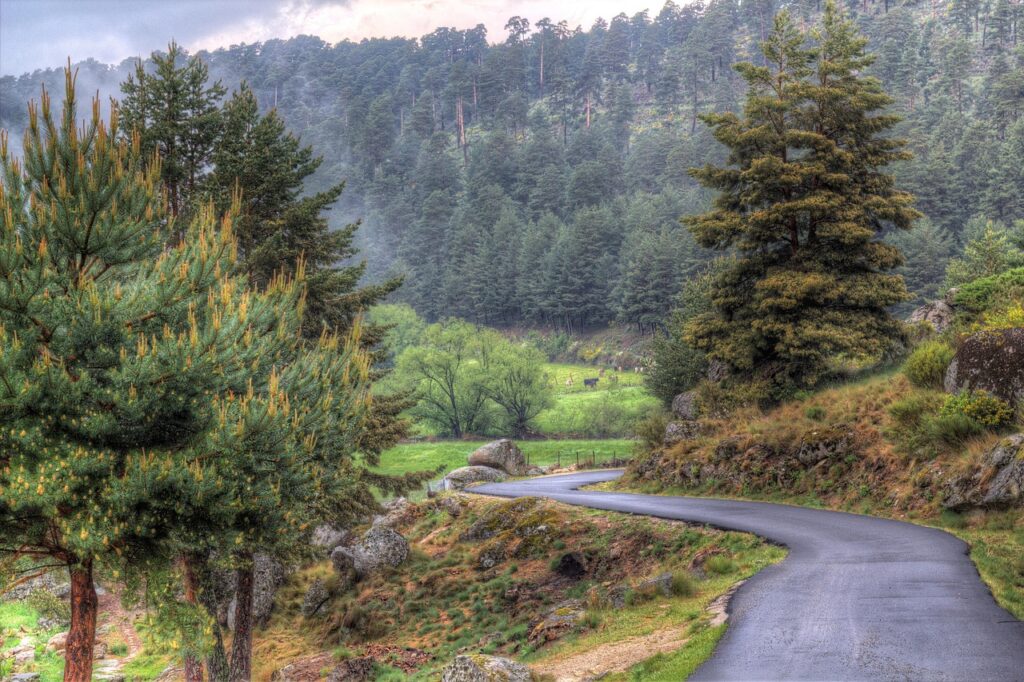
Where to stay in Peguerinos
Although Peguerinos is a small and quiet destination, its privileged location in the heart of nature and very close to the Sierra de Gredos makes it a perfect place for rural getaways. The accommodation on offer is mainly based on charming rural houses, where you can enjoy the fireplace in winter or a terrace with views of the mountains in summer.
Among the most notable options, we must mention the legendary Parador de Gredos, located just a few kilometres away. This historic accommodation was the first parador in Spain and perfectly combines modern comfort with a stately atmosphere and breathtaking views. You will also find other ideal alternatives for unwinding, such as cosy family-run inns and fully equipped rural apartments. Here are three recommended places to stay during your visit:

Nearby excursions
From Navarredonda you can visit:
- Peguerinos: an ideal place near Madrid to visit and go on a road trip. 1 hour and 35 minutes via the N-502 and CL-505.
- Piedralaves: a charming little mountain village with plenty of character. 1 hour and 8 minutes via the N-502 and CL-501.
- Burgohondo: visit an incredible 11th-century abbey. 43 minutes via the A431 and A431.
- El Barraco: a charming mountain village nestled in the Sierra. 56 minutes via the A-905 motorway.
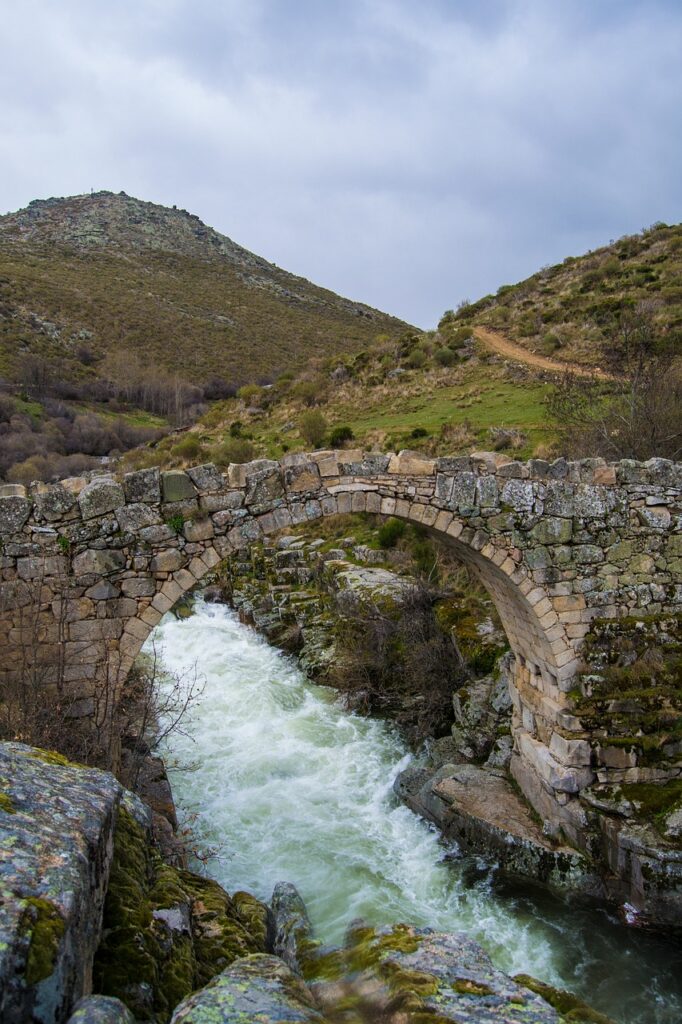
Navarredonda de Gredos: summary for travellers
Navarredonda de Gredos is more than a destination; it is an experience. It is an opportunity to disconnect from the hustle and bustle of modern life and connect with the essence of the land. It is a place where the air smells of pine and history, where the cuisine is a tribute to the countryside and where every path is an invitation to adventure. Thus, among rugged peaks, endless pine forests and the murmur of the River Tormes, Navarredonda de Gredos stands as a haven of peace and beauty, a corner of Ávila that reminds us that sometimes the greatest treasures are found at the top of the mountain.
To make the most of your getaway, here are some useful products you can purchase before your trip so that you are well prepared:
- Hiking shoes
- Snorkel set
- Compact microfibre towel
- Waterproof sun cream
- Polarised sunglasses
- Non-slip flip flops
- Anti-theft backpack
In this article you will find some affiliate links. If you book or buy something through them, you help us to continue creating independent and useful content, at no extra cost to you. Thank you very much for making this possible!
Photo Credits
Below are the photo credits in order of appearance. Royalty-free photos will not be listed below:
- Paradores, CC BY-SA 4.0, via Wikimedia Commons
- Paradores, CC BY-SA 4.0, via Wikimedia Commons
- Xemenendura, CC BY-SA 4.0, via Wikimedia Commons
- Xemenendura, CC BY-SA 4.0, via Wikimedia Commons
- Xemenendura, CC BY-SA 4.0, via Wikimedia Commons
